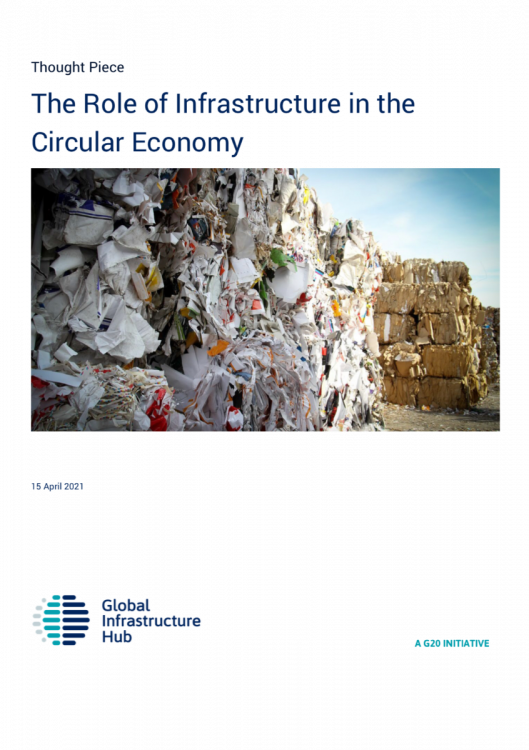Kami menggunakan cookies untuk membuat pengalaman Anda lebih baik. Untuk mematuhi petunjuk e-Pribadi yang baru, kami perlu meminta persetujuan Anda untuk menyetel cookies. Pelajari lebih lanjut .
The Role of infrastructure in the Circular Economy
Rp0,00
Habis terjual
SKU
The Role of infrastructure in the Circular Economy
Kode Buku
:
Nama Pengarang
:
Nama Penerbit
:
Global Infrastructure Hub
Tahun Terbit
:
15 April 2021
Jenis Buku
:
Buku Elektronik
- Baca | Unduh PDF
- The Role of infrastructure in the Circular Economy
Manufacturing and production of materials is responsible for around 45% of global greenhouse gas emissions. A study shows that moving to renewables can only address 55% of these emissions, indicating that the 1.5°C target of the Paris Agreement can only be achieved by combining current efforts on renewable energy and energy efficiency with circular economy approaches.1 The circular economy is therefore a powerful solution for meeting long-term policy objectives related to climate change. The circular economy can also reduce supply chain risks and short-term supply shortages by requiring less material input and establishing local secondary material supply.
Tulis Ulasan Anda

